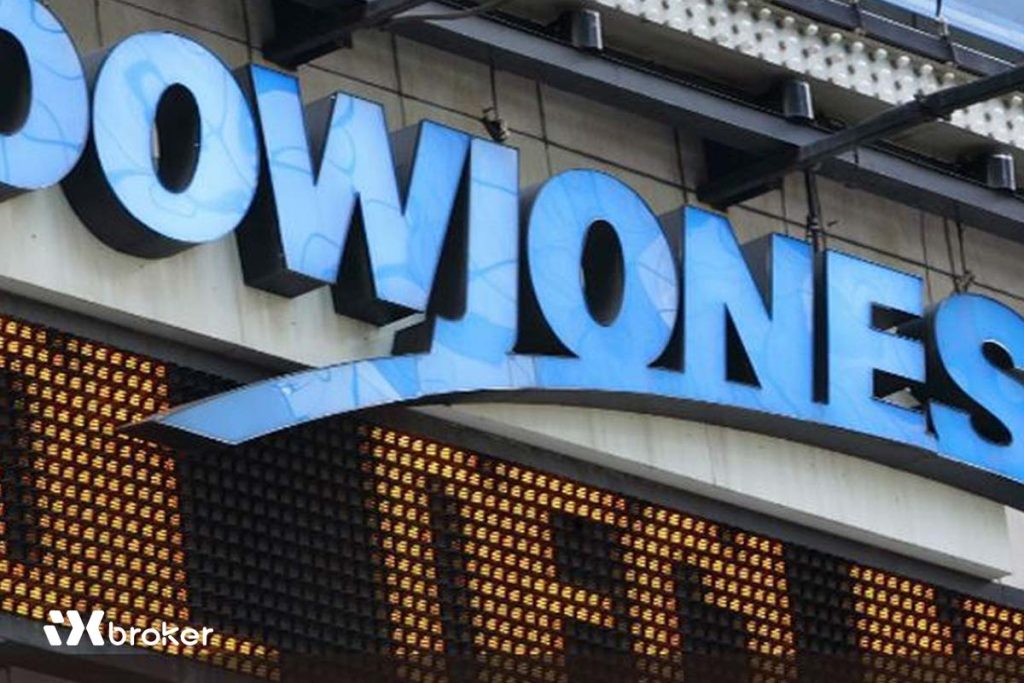Dollar Tree and Dollar General prepare to report Q1 earnings with cautious optimism from analysts amid tariffs, consumer shifts, and store closures.
Dollar General and Dollar Tree Face Earnings Test Amid Shifting Consumer Trends
As Dollar General and Dollar Tree prepare to release their first-quarter earnings this week, analysts remain cautiously optimistic, pointing to both headwinds and potential growth drivers in the current economic climate.
The two leading U.S. discount retailers will report their earnings a day apart, with Dollar General (NYSE: DG) scheduled to report Tuesday and Dollar Tree (NASDAQ: DLTR) on Wednesday, both before the market opens. Despite broader macroeconomic concerns—including ongoing inflation, changing consumer behaviors, and tariff uncertainties—analysts believe the sector may benefit from a trend toward more value-driven shopping.
Analysts Offer Mixed Ratings, But See Value in Discount Retail
According to data from Visible Alpha, analyst ratings for both stocks are relatively conservative. Of the analysts tracking Dollar General, eight have rated the stock as a “hold” while five rate it as a “buy.” For Dollar Tree, the sentiment is similarly measured: five “hold,” four “buy,” and one “sell.”
Interestingly, both companies’ consensus price targets currently sit slightly below their recent trading prices. Dollar General’s average price target is $95.31, just under Friday’s close at $97. Dollar Tree’s target is $85.40, also trailing its most recent closing price, which hovered slightly above $90.
This modest valuation may indicate that analysts expect limited upside in the near term, although the discount retail sector continues to demonstrate resilience.
What to Expect from Q1 Results
Dollar General is projected to post earnings per share (EPS) of $1.47 on revenue of approximately $10.26 billion, reflecting a 3.5% year-over-year increase. Comparable-store sales are expected to rise 1.2%, a modest but stable gain amid a tough retail environment.
Dollar Tree, meanwhile, is anticipated to report adjusted EPS of $1.15 on net sales of $4.53 billion—up 9% from the previous year. The company’s comparable-store sales are forecast to increase by 3.8%, signaling stronger performance in core retail operations despite external challenges.
Tailwinds vs. Risks: The Sector’s Balancing Act
In a recent research note, analysts at UBS expressed optimism, suggesting there are currently “more tailwinds than risks” facing dollar stores. One of the main catalysts? Shifting consumer preferences. With high inflation and economic uncertainty still shaping household spending, more shoppers are expected to trade down from premium brands to discount retailers in search of better value.
UBS also cited the closure of rival chains like Big Lots and Party City as potentially beneficial, paving the way for Dollar Tree and Dollar General to capture additional market share. Moreover, with the potential rollback of the de minimis tariff exception, prices could rise on international e-commerce platforms like Shein and Temu, making domestic discount stores more competitive.
However, risks remain. Analysts at Oppenheimer warned that while both companies are likely to meet first-quarter consensus expectations, Dollar Tree could face pressure in the coming quarters. Due to its greater reliance on discretionary imports, the company may revise its full-year guidance downward in response to new or ongoing tariff risks.
In contrast, Dollar General is expected to reaffirm its full-year outlook, as its operations are more focused on staples and less exposed to global trade disruptions.
Restructuring and Strategic Shifts in Focus
Both retailers have recently undertaken significant strategic changes. Dollar General, in its last quarterly report, announced a sweeping review of its store portfolio. As a result, the company will close nearly 150 stores, including both Dollar General and its smaller-format pOpshelf locations.
Meanwhile, Dollar Tree has begun to divest from Family Dollar, a brand that has struggled to keep pace with market expectations. The company has reached a deal to sell Family Dollar to private equity firms for $1 billion, excluding its performance from recent quarterly results.
These developments underscore broader transformation efforts within both companies as they seek to strengthen their core operations and adapt to changing retail dynamics.
Conclusion
While Dollar Tree and Dollar General enter earnings week with tempered analyst expectations, the broader context of consumer trade-down behavior, competitor exits, and tariff shifts suggests there may be more opportunities than threats on the horizon. Investors will be watching closely to see how each company navigates these challenges—and whether their strategies can deliver long-term value in a volatile market.



